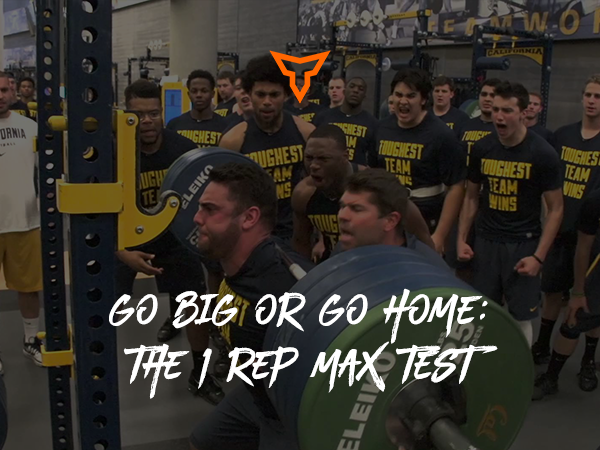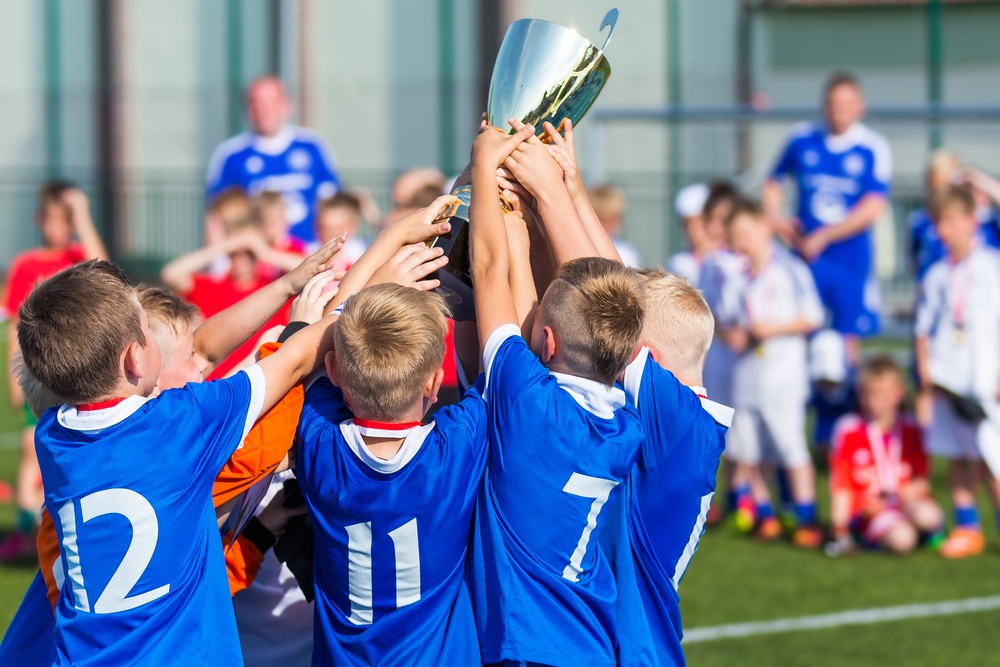7 Common Reasons Your Programming is Not Transferring to the Playing Field
While no exercise in the weight room can 100% mimic an on-field performance, at some point every strength coach tries to implement strength exercises and movements in the weight room geared at enhancing a specific action on the field. However, even the best-designed programs can sometimes miss the mark when it comes to on-field translation. User error, coaching miscues, and program missteps each contribute to 7 common reasons below why a program design does not translate into on-field performance.
1. Wrong Muscle Group Targeted
Sometimes the wrong muscle group is being emphasized in a workout in relation to the action that it is supposed to improve. While many actions and movements are pretty straight forward it may be beneficial to watch a live practice or game, have the sports coach break down the movements, or even perform the action yourself and get a feel for what other muscle groups are contributing to an action.
2. Unclear Purpose
While it might be obvious to you that a particular lift mimics a specific motion on the court many times the athlete might see it as just another lift on the workout plan. Be sure to clarify how an exercise can improve a particular skill on the court. This verbal connection can often spark an “ah ha” moment or simply increase an athlete’s attention and effort towards the exercise.
3. Speed of Movement
Sprinting is a violent and powerful movement. While we all might agree that sprinters need strong hamstrings, having athletes complete heavy and slow reps on a hamstring curl machine is not the most beneficial way to improve hamstring strength in relation to velocity and power needed for sprinting. Consideration must be given to not only the muscle groups involved but also the speed of the movement.
4. Patience
Some aspects of a program just need time to develop and for improvements to become visible or measurable. It might take a full season of training for core specific training to manifest into better balance, stability, or power on the court or field.
5. Cues vs Interpretation
Once again, while a verbal cue might seem straightforward to you, it might be interpreted into a completely different meaning for an athlete. Break down exercises and movements and ask questions along the way to make sure both you and the athletes are on the same page.
6. Order of Operation
High skill, complicated exercises or athletic movements are best taught and executed earlier in the workout when athletes are at their freshest. Even though during a game they need the ability and endurance to execute their skills in a fatigued state, performing strength based exercises related to those in-game skills should be early on in the workout or at least taught and mastered while an athlete is fresh and focused.
7. Just Not Ready
For a strength-based move to be effective on the court, the athletic action you are trying to enhance must be competent as well. Breakdowns in the execution of an athletic skill can inhibit or overshadow any gains made related to that skill in the weight room.
Subscribe to our blog
Subscribe to receive the latest blog posts to your inbox every week.
Related posts

In-Season Training Considerations for Softball

How to Safely Use the 1RM Test for Strength Training


